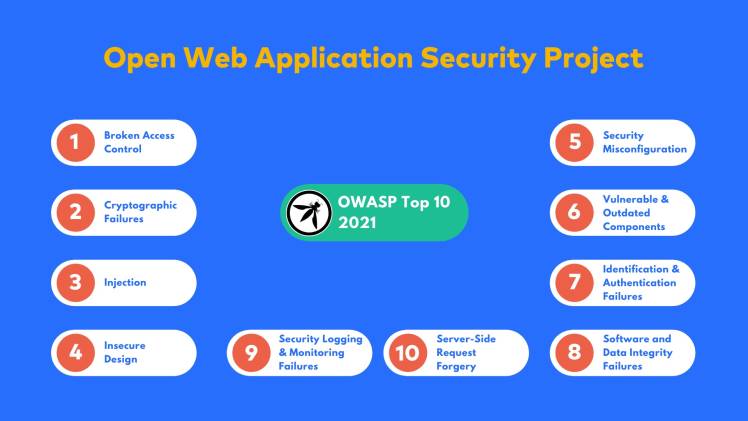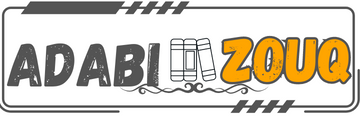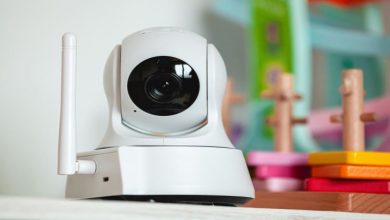What should a Lay Man Know about OWASP IoT Top 10?

When you speak of the OWASP IoT Top 10, it is simply a list that is created by the Open Web Application Security Project or OWASP. It has the purpose of highlighting the most crucial security risks facing IoT or Internet of Things devices. Such are indeed the risks that can massively and negatively impact the confidentiality, integrity, and even overall availability of IoT systems.
Know in Brief about IoT or Internet of Things
IoT simply means the interconnected network of devices that are properly embedded with sensors, software, and even different technologies to exchange confidential data. If you have to name a few common examples, these can include smart thermostats, even wearable devices, and of course smart home appliances. Truly,
Shortage of Secure Passwords
Many types of IoT devices are available with default or weak passwords, eve. Clearly, these make it vulnerable to unauthorized access. It is significant for manufacturers to apply strong password policies and even for users to simply alter default passwords. So, there have to be stronger and complicated passwords so that the wrongdoers cannot access them.
Security Challenges in internet of Things
IoT or internet of things devices face distinct types of security challenges because of the interconnected nature they hvae, their diverse ecosystems, and even most of the times restricted computing capabilities. The OWASP IoT Top ten addresses these types of difficulties and challenges by recognizing common susceptibilities.
Provision of Insecure Network Services
Inadequately type of secured network services can definitely expose IoT devices to diverse types of attacks. Manufacturers should ensure that communication between devices is somewhat encrypted, and even needless services are disabled to reduce vulnerabilities. So, there has to be double cehck about this aspect.
Uncertain Ecosystem Interfaces
Interfaces that connect the different types of components in an internet of things ecosystem may lack proper security measures. to ensure utmost level of secure communication between devices and even platforms is significant to prevent unauthorized access and overall data breaches. These are the things that are crucial for any organization and even individual to ensure utmost security.
Usage of Unconfident or Outdated Components
Internet of Things devices most of the times rely on third-party components, and even using outdated or insecure software can definitely pose significant risks. Regularly updating and even patching all software components is somewhat necessary to upkeep a secure IoT environment. Of course, if these things are not updated, the data can be at high risk.
Insufficient Secure Update Mechanisms
You know Insufficient mechanisms for updating device firmware can definitely leave IoT devices susceptible to exploitation. Manufacturers must definitely implement secure update processes to patch vulnerabilities and even boost device security with time. Secure mechanisms are crucial to ensure that there is provision fop proper effectivity.
Scarce Privacy Protection
Internet of things devices most of the times gather or collect sensitive user data. Lack of proper privacy protection measures can definitely lead to unauthorized data access and even privacy breaches. Manufacturers should definitely give priority to user privacy and implement strong data protection mechanisms. After all, these things are absolutely significant for ensuring app security and otherwise.
Unconfident Data Transfer and Storage
Insecure data transfer and even proper storage mechanisms can expose sensitive and confidential information to unauthorized entities. Encrypting data during the times of transfer and storage is crucial to safeguarding the integrity and even confidentiality of information. After all, data transfer and storage takes place heavily and if it is not secure, things can get topsy-turvy and the name of a business can also go for a toss in no time.
Uncertain Default Settings
Devices most of the times come with default settings that may not give priority to security. Manufacturers should make it a practice to configure default settings with security in mind. All this would reduce the overall risk of exploitation by malicious type of actors. After all, if the default settings are not secure enough, they can be really a big disappointment.
Shortage of Device Management
Inadequate or lack of device management practices or provisions can end up in unauthorized access, immense data manipulation, or even service disruptions. Implementing robust and proper device management protocols promises the secure operation and even monitoring of overall IoT devices. After all, device management is crucial, and it has to be done safely and properly.
Insufficient Physical Security
You should know that physical security is most of the time overlooked in the internet of Things deployments. Securing physical access to devices is of utmost value and is crucial to avert tampering and unauthorized handling of hardware components. After all, physical security is critical, and you cannot take it lightly.
Deficient Logging and Monitoring
Proper and effective logging and monitoring are significant for detecting and responding to security happenings or incidents. Internet of Things devices must definitely have robust logging capabilities, and even manufacturers must provide mechanisms for users to simply monitor device activity for any sort of signs of compromise.
Not Proper Authentication
Insufficient or lack of authentication mechanisms can result in unauthorized access to Internet of things devices. Strong authentication protocols, like that of multi-factor authentication, must definitely be implemented to promise that only authorized users can interact with the devices.
Uncertain Cloud Interface
Many Internet of things devices are there that do leverage cloud services for data storage and even processing. Insecure interfaces with cloud platforms can definitely expose sensitive information. To ensure secure communication between devices and even the cloud is of the utmost value for overall system security.
Shortage of Resilience to Denial of Service or DoS Attacks
It would help if you also understood it that Internet of things devices can be even vulnerable to denial of service attacks. Such a thing disrupts their normal operation. Implementing resilience mechanisms and even safeguards against DoS attacks is necessary for you to upkeep the availability of overall IoT services.
Unsafe Mobile Interface
IoT devices, most of the time interact with mobile applications. In case the mobile interface is apprehensive or unsafe, it can definitely work as a potential entry point for attackers. Manufacturers should give priority to the security of mobile interfaces to avert unauthorized access to IoT systems.
Conclusion
To sum up, after reading this post, you might have now gained an immense idea about the things that you should know about OWASP IoT Top Ten. However, if you are still not sure how you should go about and what to do to ensure security, take assistance of Appsealing experts.




